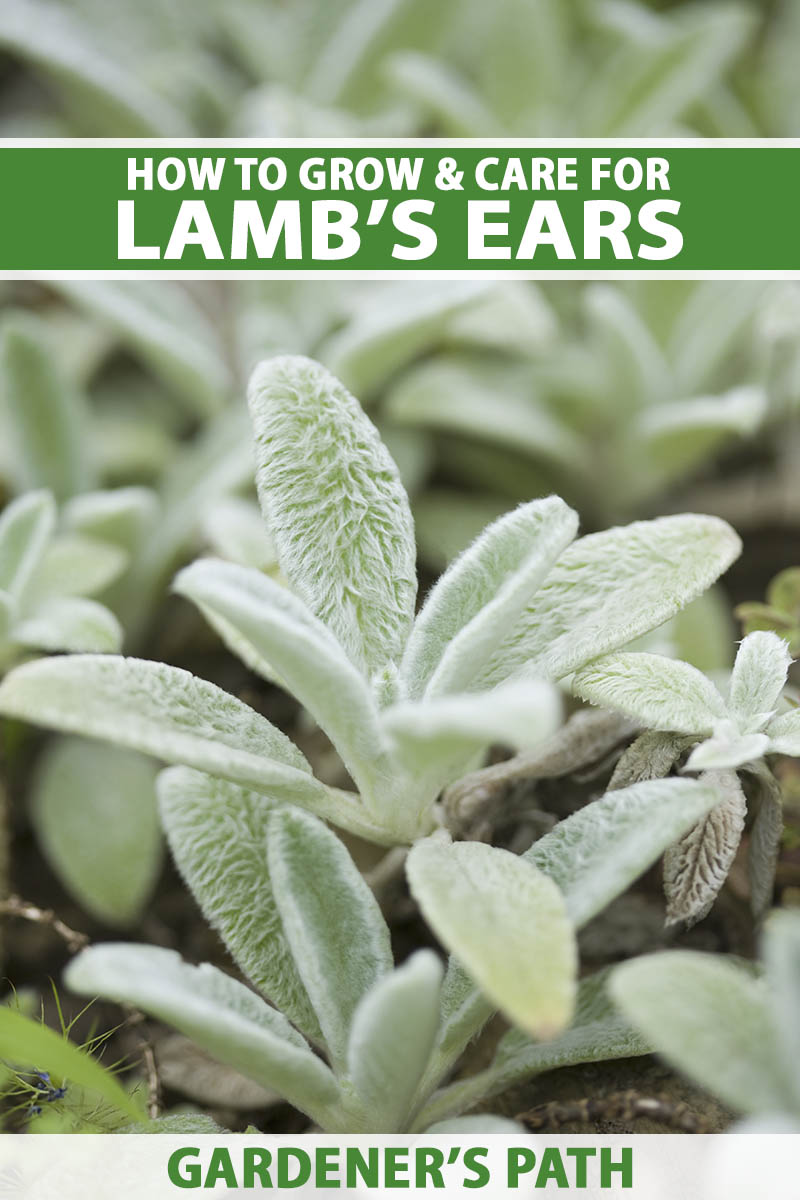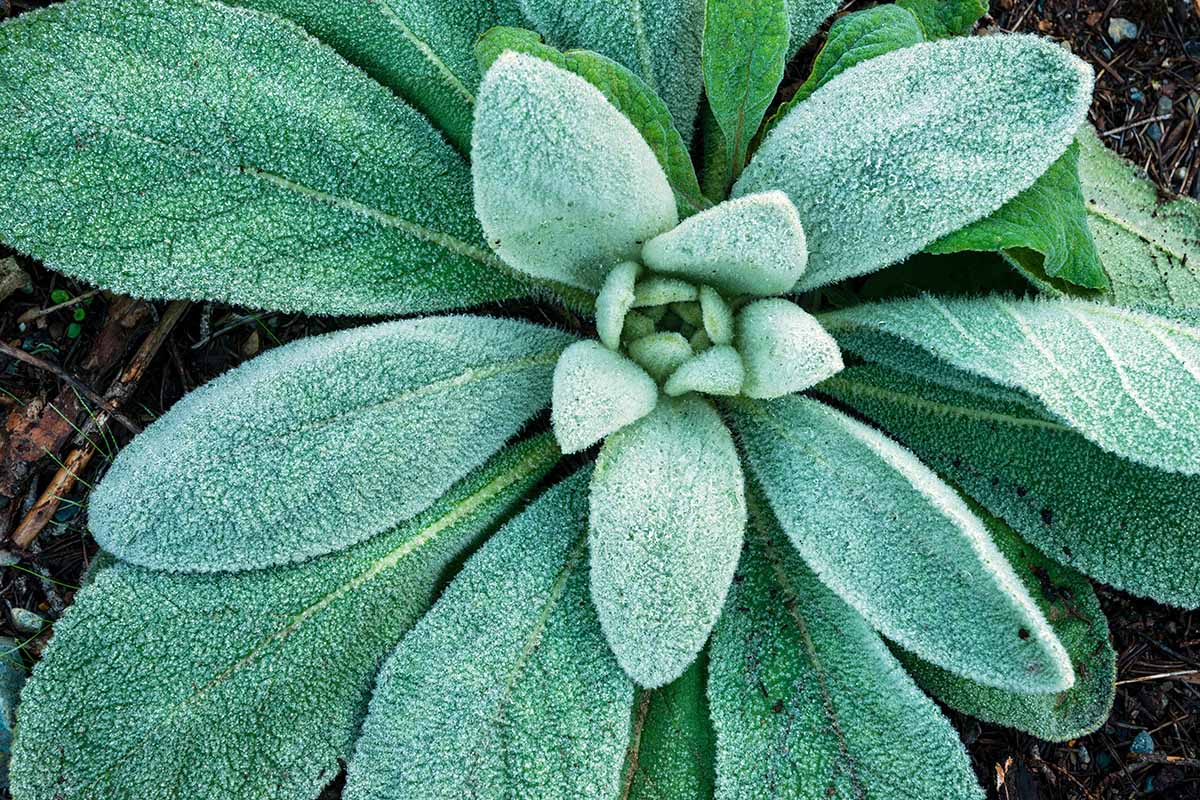Choosing the Right Spot for This Low-Maintenance Perennial
Lamb’s Ear is a versatile and attractive perennial that can thrive in a variety of conditions. With its soft, velvety leaves and ability to attract pollinators, it’s a popular choice for gardeners. However, to reap the benefits of this low-maintenance plant, it’s essential to select the right location for optimal growth. When deciding where to plant Lamb’s Ear, consider the amount of sunlight and soil type your garden receives. By doing so, you’ll be able to create a thriving Lamb’s Ear garden that requires minimal upkeep. In fact, choosing the right spot is crucial, as it can make all the difference in the plant’s ability to flourish. So, where to plant Lamb’s Ear? Let’s explore the ideal locations for growing this beautiful perennial.
Understanding Lamb’s Ear’s Sun and Soil Requirements
Before deciding where to plant Lamb’s Ear, it’s essential to understand its sun and soil requirements. Lamb’s Ear is a versatile perennial that can thrive in a variety of conditions, but it does have some specific needs. In terms of sunlight, Lamb’s Ear can tolerate full sun to partial shade, making it an excellent choice for gardens that receive varying amounts of sunlight. However, it’s crucial to note that Lamb’s Ear prefers well-draining soil to prevent waterlogged soil conditions. A mix of sand, loam, and organic matter provides the ideal soil structure for Lamb’s Ear to flourish. By understanding these requirements, gardeners can select the perfect spot in their garden to ensure optimal growth and health.
How to Select the Perfect Spot in Your Garden
When deciding where to plant Lamb’s Ear, it’s crucial to assess your garden’s conditions to ensure optimal growth. Start by evaluating the amount of sunlight your garden receives. Lamb’s Ear can thrive in full sun to partial shade, but it’s essential to choose a location that receives the right amount of sunlight for your specific climate. Next, examine the soil type and moisture levels in your garden. Lamb’s Ear prefers well-draining soil, so avoid areas with standing water or where water tends to collect. Additionally, consider the soil’s pH level, as Lamb’s Ear prefers slightly acidic to neutral soil. By evaluating these factors, you can determine the best location for your Lamb’s Ear plant and provide it with the ideal conditions to thrive.
The Benefits of Planting Lamb’s Ear in a Border or Container
When deciding where to plant Lamb’s Ear, consider the benefits of planting it in a border or container. Lamb’s Ear is an excellent choice for small spaces, as it adds texture and interest to borders and containers. Its silvery-gray leaves and tall, stately stems create a striking visual display that can elevate the overall aesthetic of a garden. Additionally, planting Lamb’s Ear in a container allows for greater flexibility in terms of placement, making it easy to move the plant to different areas of the garden to achieve the desired effect. When selecting a container, choose one that is at least 6-8 inches deep to accommodate the plant’s deep roots. By planting Lamb’s Ear in a border or container, gardeners can enjoy the many benefits of this low-maintenance perennial while adding visual interest to their outdoor space.
Considerations for Planting Lamb’s Ear in a Wildlife-Friendly Garden
When deciding where to plant Lamb’s Ear, consider the benefits of incorporating it into a wildlife-friendly garden. Lamb’s Ear is an attractive plant for pollinators, such as bees and butterflies, and provides a habitat for beneficial insects. By planting Lamb’s Ear in a wildlife-friendly garden, gardeners can create a haven for local wildlife and support the local ecosystem. Additionally, Lamb’s Ear’s tall stems and silvery-gray leaves provide a unique shelter and food source for beneficial insects, making it an excellent addition to a wildlife-friendly garden. When designing a wildlife-friendly garden, consider planting Lamb’s Ear alongside other pollinator-friendly plants, such as coneflowers and black-eyed susans, to create a thriving ecosystem. By choosing the right location for Lamb’s Ear, gardeners can create a beautiful and functional garden that supports local wildlife.
Planting Lamb’s Ear in a Drought-Tolerant Garden
Lamb’s Ear is an ideal choice for drought-tolerant gardens, as it can thrive in dry conditions with minimal watering. When deciding where to plant Lamb’s Ear, consider incorporating it into a drought-tolerant garden design. This low-maintenance perennial can tolerate dry spells, making it perfect for areas with low rainfall or water restrictions. To create a drought-tolerant garden, choose a location with full sun to partial shade and well-draining soil. Plant Lamb’s Ear alongside other drought-tolerant plants, such as succulents and yarrow, to create a beautiful and resilient garden. Additionally, consider using mulch and gravel to retain moisture and reduce evaporation. By planting Lamb’s Ear in a drought-tolerant garden, gardeners can enjoy a thriving and healthy plant with minimal maintenance.
Common Mistakes to Avoid When Planting Lamb’s Ear
When deciding where to plant Lamb’s Ear, it’s essential to avoid common mistakes that can hinder its growth and health. One of the most critical mistakes to avoid is overwatering. Lamb’s Ear prefers well-draining soil and can be susceptible to root rot if the soil is too moist. Another mistake to avoid is underexposure to sunlight. Lamb’s Ear requires at least partial sun to thrive, so planting it in a shaded area can lead to weak and leggy growth. Additionally, failing to provide adequate air circulation can lead to fungal diseases and pest infestations. To ensure a thriving Lamb’s Ear plant, choose a location with good air circulation and avoid planting it in areas with standing water or where water tends to collect. By avoiding these common mistakes, gardeners can create an optimal environment for Lamb’s Ear to grow and thrive.
Creating a Thriving Lamb’s Ear Garden with Proper Care
To ensure a thriving and healthy Lamb’s Ear plant, proper care is essential. When deciding where to plant Lamb’s Ear, consider the plant’s watering needs. Lamb’s Ear prefers well-draining soil and should be watered regularly, but avoid overwatering, which can lead to root rot. Water the plant deeply once or twice a week, depending on weather conditions. Pruning is also crucial to maintain the plant’s shape and promote healthy growth. Remove any dead or damaged leaves and stems, and trim back the plant after flowering to encourage new growth. Fertilizing is not necessary, but a balanced, water-soluble fertilizer can be applied during the growing season to promote healthy growth. Additionally, divide and replant Lamb’s Ear every 3-4 years to maintain its vigor and prevent overcrowding. By following these care tips, gardeners can create a thriving Lamb’s Ear garden that will provide beauty and interest for years to come.







